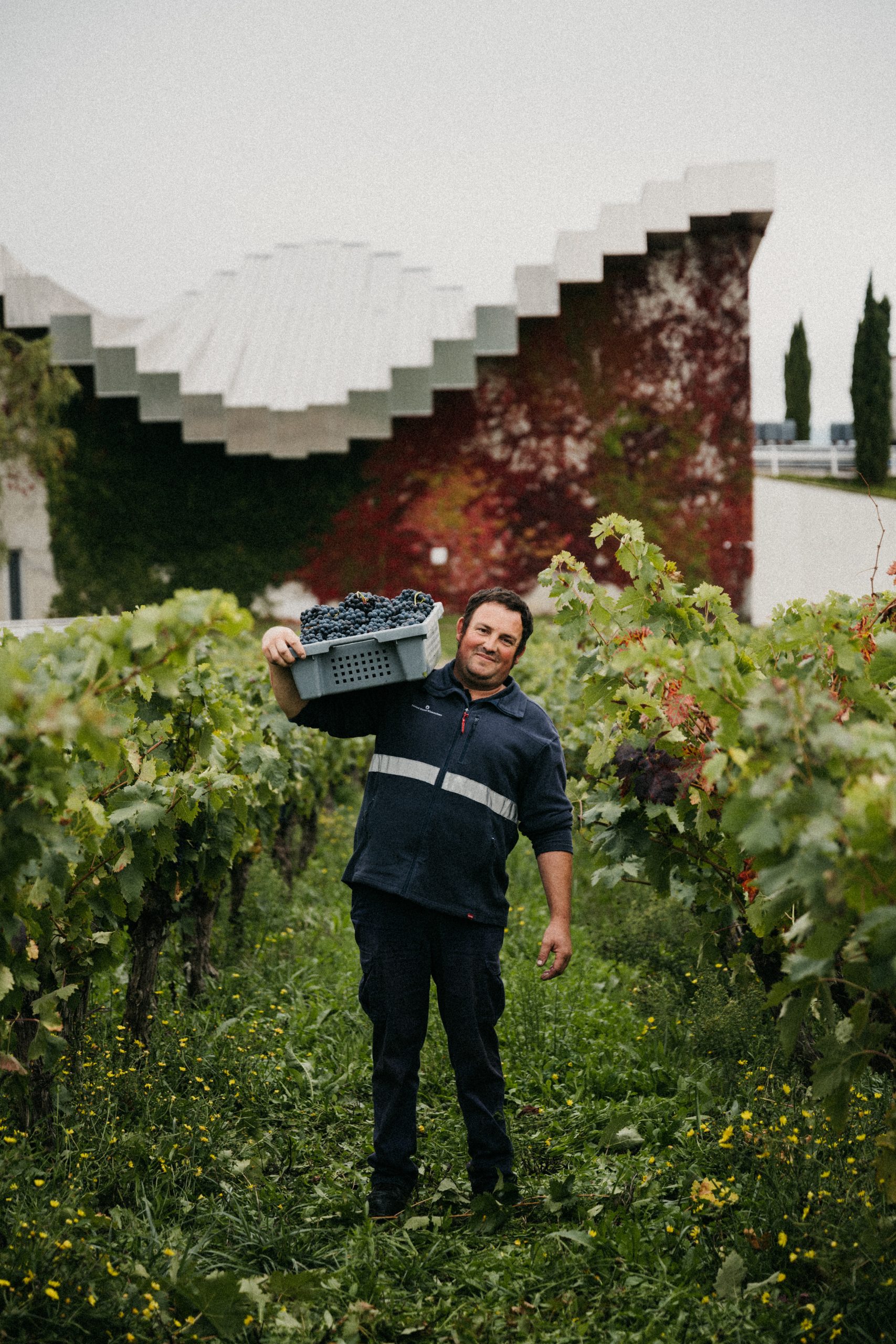RETAIL: Variety show
Even though many retailers arrange bottles by country of origin, could merchandising by variety or brand be a better option? Alan Lodge reports on the arguments for and against change in the September issue of the drinks business.
Displaying wines on shelf is a complicated business. The sheer number of brands on the shelf and a widespread lack of knowledge can mean that wine buying is a complex and confusing operation for many consumers. With the assistance of store displays by source, many consumers use country of origin to simplify their wine choice.
Generic wine promotions by individual countries further reinforce the country of origin concept for wine, but some producers fear that the stereotypical image of wines from a particular country can hinder, rather than help, their efforts to establish their brand’s own identity and gain recognition for quality.
Focus on style
One mooted solution is to change the display structure from countries to grape varieties. Micheal Cox, UK director at Wines of Chile, said: “As with many questions, the answer is not simple nor necessarily applicable across all retailers.
“In the main, producers, and indeed many of us closely involved in the wine trade, often overestimate the level of detailed knowledge possessed by the average wine drinker or purchaser.
“So, while labelling by variety has greatly assisted consumer choice over the last 20 years, there are still too many wine buyers that do not fully understand grape variety nomenclature.”
Paul Schaafsma, general manager UK and Europe for Australian Vintage, agrees that the approach needs to change. “Fundamentally, we believe the focus should be on style rather than regionality,” he said.
“Stylistically, Australian wine is no longer about big, alcoholic, fat buttery Chardonnays with lashings of oak – it has changed, and this is the message retailers should be communicating.”
The struggle facing high-end Australian wine brands was made plain by Alister Purbrick, CEO of the Tahbilk winery in Victoria, who said: “It’s hard to tell where the common perception of Australian wines as being cheap and cheerful came from, but I feel it all goes back to 2000 when there was a lot of talk in the press, particularly among the French, that New World wines were simply industrial wines. The perception is so far from the reality.”
Yet previous attempts to stock wines according to style have brought limited success. Cox said: “Retailers have flirted with the concept of bracketing wines by style, as indeed have many restaurateurs – perhaps to greater effect, but they have much smaller ranges – but often the styles are too all-embracing and too many wines cross over many of these subjective parameters.”
Another solution is to follow the example of other supermarket lines, and block wines together by brand. Take Heinz – you can nearly always find their spaghetti hoops beside their baked beans, likewise their tinned macaroni cheese.
Yet there is so much variety in wine, and such little understanding of different grape varietals among consumers, that this could result in many consumers buying a varietal they were not intending to purchase. Then there’s the complicated issue of where to place blends?
Partner Content
Cox is clear in his preferred method of displaying wines. “On balance, I still favour bracketing by county of origin – and letting price play a key role too. “Many consumers list county of origin first when asked what are their main purchasing cues, although price (and promotional deal) comes up as the most important determiner rather too often for most people’s liking.”
To the country
Richard Halstead, chief operating officer at Wine Intelligence, added: “Country of origin is probably the best method of showing wine to the public, but it’s not by any means perfect. Well-thought-through attempts to change it should be looked at very carefully.
“If you asked Lindemans they would love varietal ranging, as it would allow them to showcase all their wines together, but they are an exception to the rule. “I can see two problems straight away with varietal ranging.
Firstly, there is still the danger of falling under a stereotype with varietal, and you also lose the lifestyle and romantic aspect. “For example, Chile might not be top of the lifestyle stakes, but people do think it is a bit exotic and far away, which has more of an emotional connection.”
Cox admits that it is his duty to promote the virtues of displaying wine according to country of origin, but insists the approach is genuinely in the best interests of the majority of winegrowers.
“It is incumbent on us generics, and the producers too, to present the image of the country in question as favourably as possible. This is why we at Wines of Chile have been working so hard on presenting Chile as a wine country full of diversity, naturalness, innovation, and representing value for money, so that when Chilean wine prices that might range from £4.99 to £14.99 are on the same shelves, there is less surprise.
“If they were satisfied that Chile offered great value for money at £4.99 they can be sure that the £14.99 one will offer equal satisfaction.”
There is certainly a range of different opinions throughout the trade over the methods of displaying wines. Some want change, others don’t. There will be no pleasing everyone.
Alan Lodge, September issue of the drinks business




